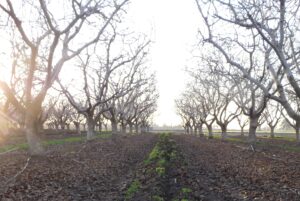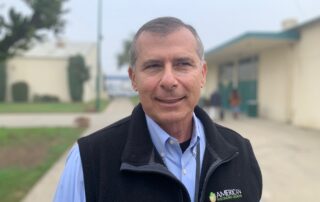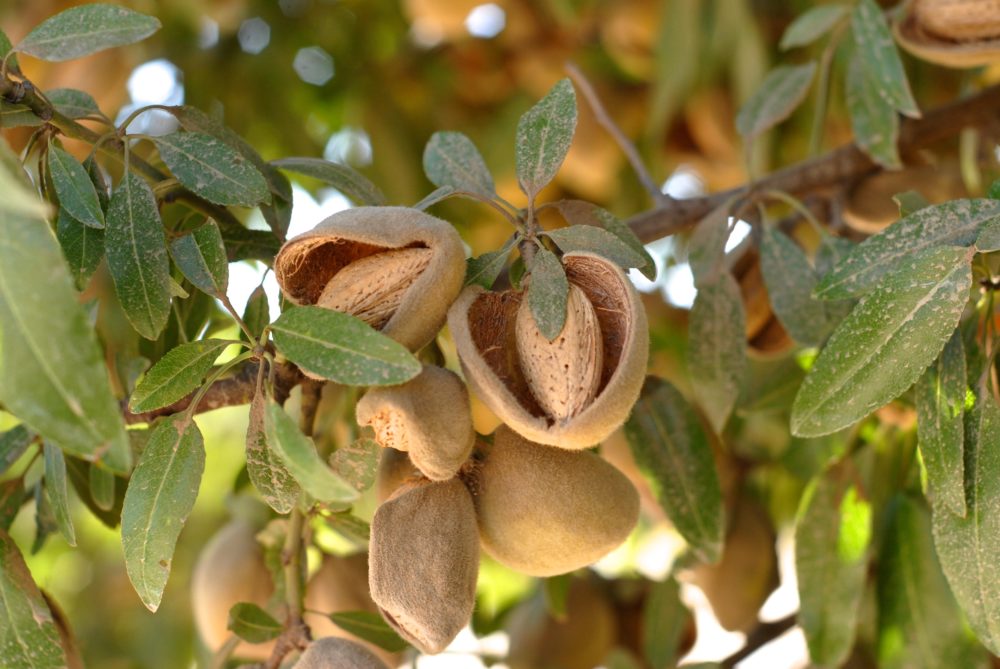Snow and Rain Great, But Regulations Continue for Growers
Richard Matoian: Regulations, Cost of Production Impact Growers
As we enter the winter months of the year after this production season of pistachios, we’re wondering what’s on the growers’ minds.
“I think the focus of growers in more recent times have been all that they’re having to deal with to grow a crop, harvest a crop and successfully market that crop,” Richard Matoian is President of American Pistachio Growers. It has a lot to do with input costs, whether it be water or labor, or fertilizer or other inputs.”
 “It has to do with regulatory situations that are impacting the grower’s ability to effectively grow and harvest their crop, and it has to also do with what the future looks like for any one of the commodities.
“It has to do with regulatory situations that are impacting the grower’s ability to effectively grow and harvest their crop, and it has to also do with what the future looks like for any one of the commodities.
And in the case of pistachios, we have more and more acres going into production, more and more crop to sell, and we need to make sure that we develop these export markets. “Because the vast majority are 60%-70% of pistachios are exported around the world,” said Matoian.
“In order for growers to be successful, they’re having to deal with all that they deal with in a given year, we need to help them be successful in the marketing side by developing new markets,” noted Matoian.
And besides the need for new markets, one of the big stressors for growers is having enough water to provide for their crops. So far, this winter, there is record snowfall and substantial rain.























